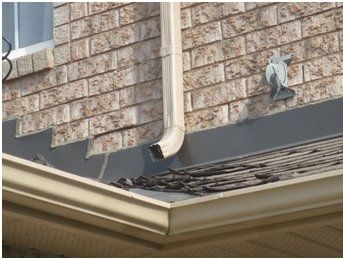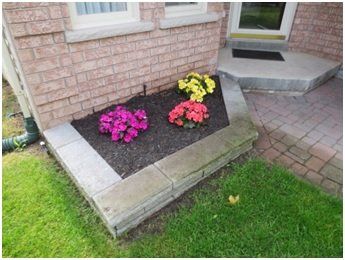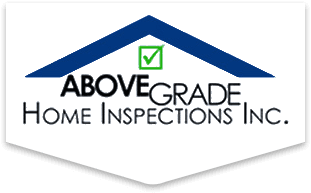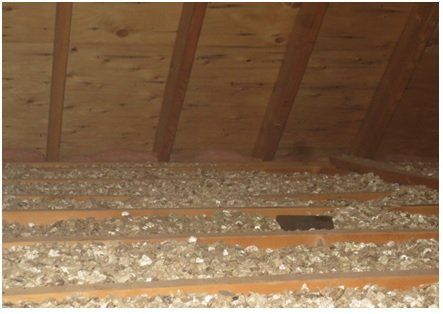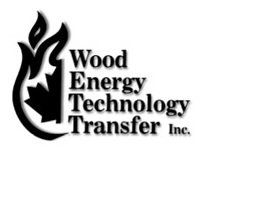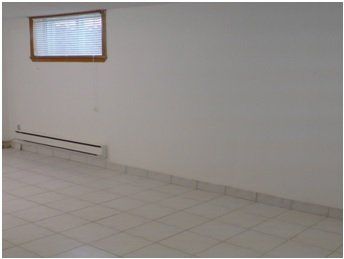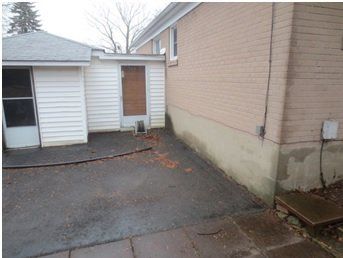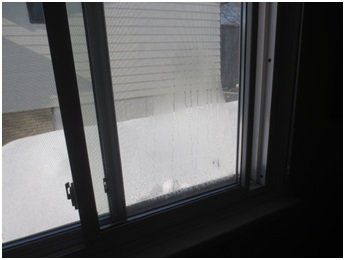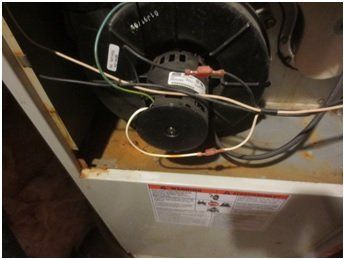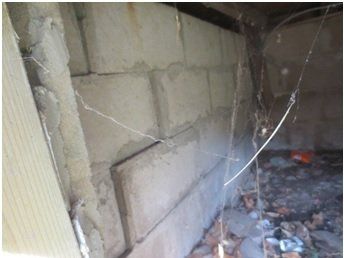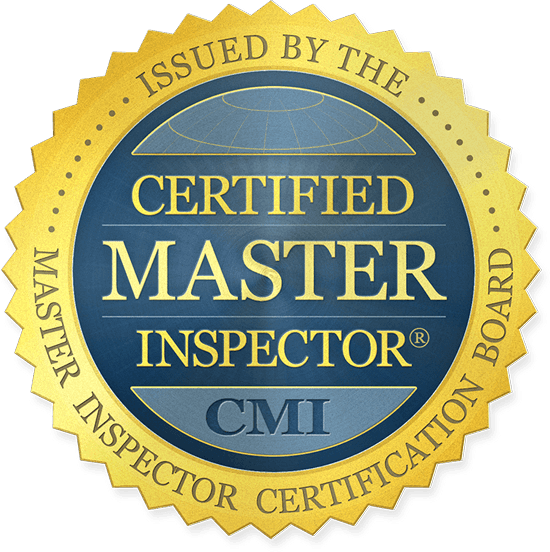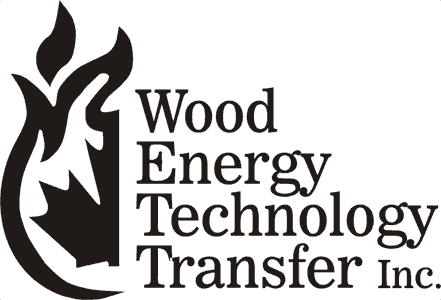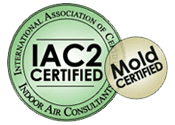A common issue observed during home
inspections in winter time is ice damming. Ice damming is the formation of
large icicles or ice build up inside of gutters and along the eaves of the
roof.
Typically ice damming is caused by two main
things, poor insulation in the attic and poor venting, specifically at the
soffits. This is why ice damming is commonly observed during a home inspection
on an older home.
Older homes tend to have low insulation
levels and also a lack of adequate soffit venting. If a home is poorly
insulated, heat will bleed its way into the attic space all the way to the
underside of the roof and cause snow to melt.
As the snow melts, water will travel down
the roof until it hits the eaves where no more heat is leaking out of the
attic. This is where the ice starts to accumulate and can cause damage to
gutters and lead to roof leaks in severe cases.
In most cases where ice damming is
observed, your home inspector will likely recommend installing more attic
insulation as well as improving roof venting to help alleviate ice damming
problems. In some rare cases, ice dams can also form due to sun exposure and
other elements, in which case alternative methods such as heating cables may
need to be installed to help solve the problem.
Most ice damming issues can be solved
without too much headache, but its best to consult with your home
inspector
on the recommended course of action for repairs.
Above Grade Home Inspections Inc. performs home
inspections, thermal imaging inspections, WETT
inspections
and mould
inspections
in Barrie and across Simcoe County.
